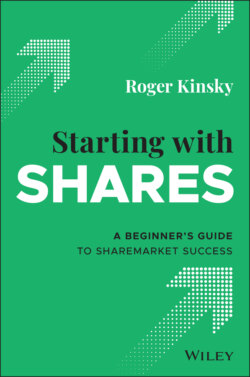Читать книгу Starting With Shares - Roger Kinsky - Страница 30
Comparing equity capital to loan capital
ОглавлениеAnother way a business can raise a substantial amount of capital is by means of business loans with a bank or other financial institution. This capital is naturally enough known as loan capital. Two different types of loans are possible:
Short‐term loans: Almost all businesses operate with a certain amount of credit. For example, if the business purchases goods, it's not usually on a cash on delivery (COD) basis. Instead, suppliers and contractors usually allow a one to two month delay before payment is required. The money the business owes in this way is an example of a short‐term loan.
Long‐term loans: The amount of capital a business can obtain from short‐term loans and the length of time the capital is available is limited. If a business needs a substantial amount of capital and wants this capital to be available for a longer period, it can apply to a bank or financial institution for a business loan. This is very similar to a mortgage, where interest is charged on the loan monthly but the loan is repaid over the longer term, which could be around 20 years.
For a business, equity capital has a big advantage over loan capital. Can you think what this is?
The answer is that equity capital is ‘free’, because the business isn't required to pay any interest on the capital and the capital doesn't need to be repaid.
It might surprise you to learn that from a shareholder's point of view it's usually better that the business has a reasonable amount of loan capital rather than trying to operate entirely on equity capital. The reason for this is that the business can usually use the loan capital to obtain a higher return on the capital invested than the cost of the interest on the loan. For example, if a business pays 6% interest on its long‐term loan and can use this capital to generate a 10% profit, the business makes 4% clear profit on the loan capital and this benefits the shareholders.
Therefore, when a business has some loan capital, it doesn't need as much equity capital and so can have fewer shareholders — which, in turn, means that each shareholder benefits by getting a larger slice of the profit pie.
